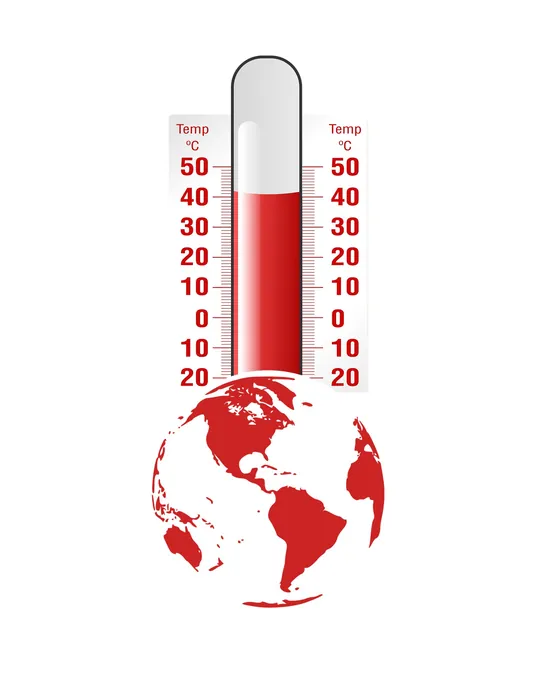
Revolutionary Self-Swab HPV Test: The Game-Changer in Cervical Cancer Screening!
2024-09-25
Revolutionary Self-Swab HPV Test: The Game-Changer in Cervical Cancer Screening!
A groundbreaking advancement in cervical cancer screening is here, offering patients a less invasive and more convenient option compared to conventional methods. This month, healthcare providers across the U.S. will begin rolling out new "self-collection tests" approved by the Food and Drug Administration (FDA), offering a modern alternative to traditional Pap smears.
These self-collection tests allow patients to collect their samples directly, shifting the cervical cancer screening landscape dramatically. The FDA's approval, which came in May, marks a milestone in preventive health, aligning the U.S. with other progressive countries like Australia, Canada, and Sweden, where self-swabbing techniques for HPV detection have been successfully utilized.
Currently, patients will collect samples from the vaginal area in a clinical setting, but the potential for at-home self-sampling still awaits further FDA evaluation. This method promises to enhance accessibility and comfort during the screening process, particularly for individuals who may have reservations about traditional pelvic exams.
Understanding the HPV Connection to Cervical Cancer
Human Papillomavirus (HPV) is a prevalent sexually transmitted infection, affecting a significant portion of the sexually active population at some point in their lives. While most HPV infections resolve naturally, certain "high-risk" strains can lead to cervical cancer—an insidious disease that often goes undiagnosed until it has advanced.
The HPV vaccine is a formidable ally in preventing these high-risk infections, having shown remarkable effectiveness in studies. A 2024 publication in the Journal of the National Cancer Institute highlighted zero cases of invasive cervical cancer among young women vaccinated against HPV, renewing optimism in cancer prevention through vaccination.
How Do the New Self-Collection Tests Work?
Navigating the self-collection process is straightforward. Patients receive clear instructions from their healthcare provider—allowing them to collect samples independently, though within the office environment. Using a long cotton swab, patients will swirl the swab gently in the vaginal area to collect the necessary specimen, which will then be analyzed in a laboratory for stringent accuracy.
One of the most significant benefits of this self-collection approach is its ability to increase participation in cervical cancer screenings, particularly among those who may have previously foregone testing due to discomfort. Dr. Ilana Cass from Dartmouth emphasizes the importance of this step, particularly for those with histories of trauma or physical sensitivity during traditional exams.
The Screening Landscape: Getting Tested and Staying Informed
The American Cancer Society recommends that cervical cancer screenings commence at age 25, with various protocols that can adapt based on personal health histories. Regular screenings can significantly reduce mortality rates from cervical cancer and allow medical professionals to catch early precancerous changes—paving the way for timely intervention.
For those aged 25 to 65, the guidelines suggest either a primary HPV test every five years or a combination of HPV and Pap tests every five years, or a Pap test alone every three years. Individual schedules may differ based on health risks, with more frequent screenings recommended for those with elevated risks.
Final Thoughts: Why Timing and Awareness Matter
With cervical cancer screening evolving, the new self-collection HPV tests represent a significant leap forward in promoting women's health. As we embrace these innovative approaches, awareness around regular screenings is crucial. Early detection can save lives—so don’t wait! Consult with your healthcare provider about the best screening strategy tailored to your needs and ensure you stay ahead in the fight against cervical cancer.
This remarkable shift in screening methods embodies hope for greater participation and ultimately saves lives by detecting cancer early, when treatment is most effective. Don’t miss out on this opportunity; your health is your wealth!




 Brasil (PT)
Brasil (PT)
 Canada (EN)
Canada (EN)
 Chile (ES)
Chile (ES)
 España (ES)
España (ES)
 France (FR)
France (FR)
 Hong Kong (EN)
Hong Kong (EN)
 Italia (IT)
Italia (IT)
 日本 (JA)
日本 (JA)
 Magyarország (HU)
Magyarország (HU)
 Norge (NO)
Norge (NO)
 Polska (PL)
Polska (PL)
 Schweiz (DE)
Schweiz (DE)
 Singapore (EN)
Singapore (EN)
 Sverige (SV)
Sverige (SV)
 Suomi (FI)
Suomi (FI)
 Türkiye (TR)
Türkiye (TR)